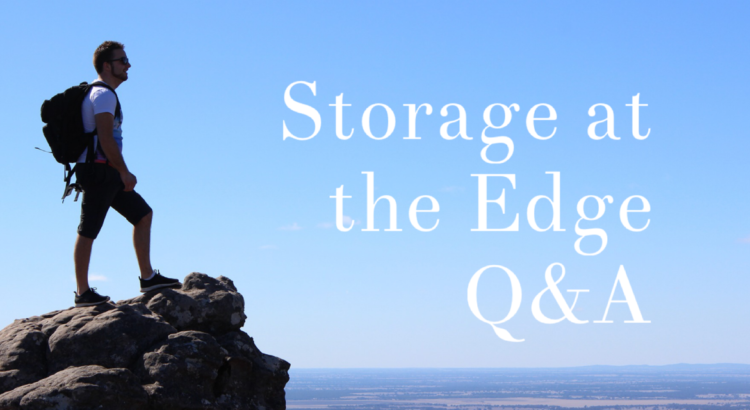
Category: Edge Computing


Extending Storage to the Edge
- Emerging patterns of data movement and the use cases that drive them
- Cloud Bursting
- Federated Learning across the Edge and Hybrid Cloud
- Considerations for distributed cloud storage architectures to match these emerging patterns

5G Streaming Questions Answered
The broad adoption of 5G, internet of things (IOT) and edge computing are reshaping the nature and role of enterprise and cloud storage. Preparing for this significant disruption is important. It’s a topic the SNIA Cloud Storage Technologies Initiative covered in our recent webcast “Storage Implications at the Velocity of 5G Streaming,” where my colleagues, Steve Adams and Chip Maurer, took a deep dive into the 5G journey, streaming data and real-time edge AI, 5G use cases and much more. If you missed the webcast, it’s available on-demand along with a copy of the webcast slides.
As you might expect, this discussion generated some intriguing questions. As promised during the live presentation, our experts have answered them all here.
Q. What kind of transport do you see that is going to be used for those (5G) use-cases?
